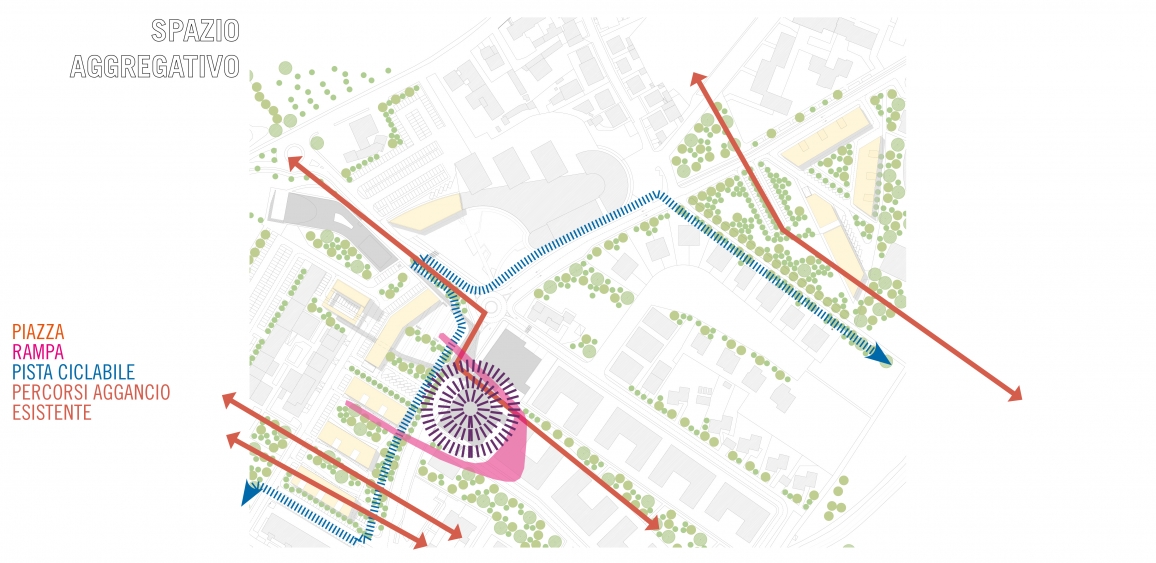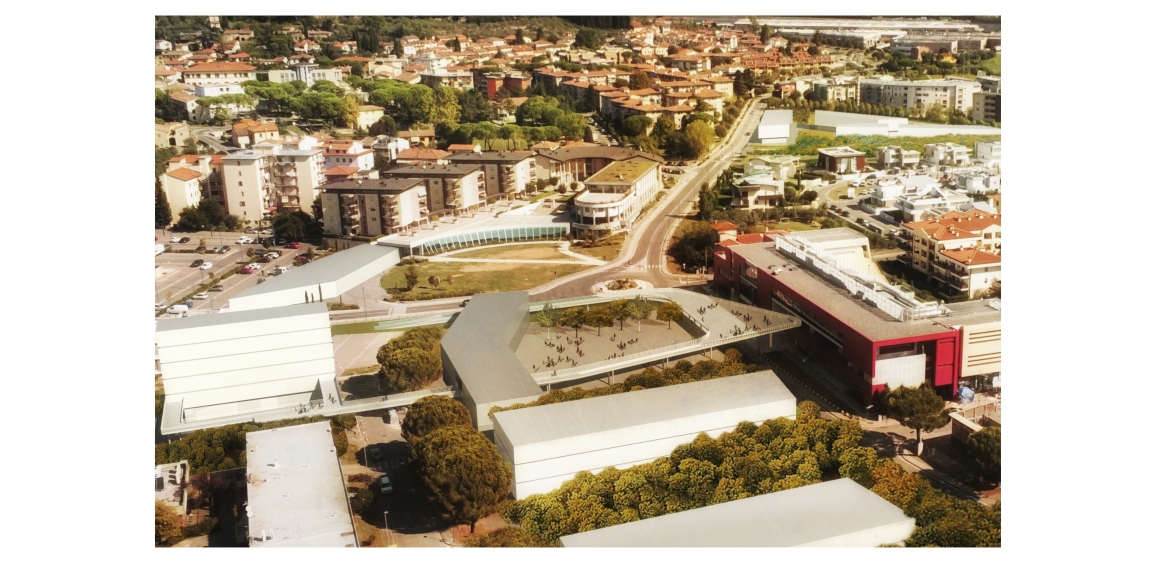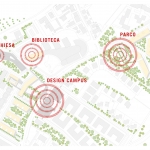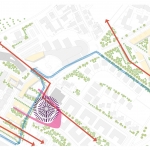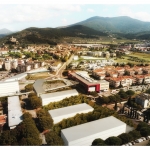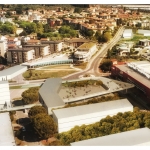The urban regeneration project of the urban center of Calenzano is part of the proposal called “Nuove Ca.Se.” that the Tuscany Region, as an entity aggregating intervention strategies coordinated with the municipalities of Calenzano and Sesto Fiorentino, presented on the PINQUA call in March 2021 and was admitted to the national funding.
The regeneration begins with the objective of defining a new urban centrality, as a place in which to achieve integration between housing, social, cultural and economic functions, through a new architectural quality starting from public buildings. These regenerative actions are easily feasible due to the presence, within the project area, of structured, although isolated, realities such as the New Library “Civica”, the university building “Design Campus” (DIDA, Department of Architecture of Florence – University of Florence) the new church Maria SS. Mother of God, the Carpognane Park.
An already virtuous system on a cultural and social level, which must dialogue with a broader system of physical and high-quality relationships, within which to include new functions such as the Student House and the new Piazza Mercatale, as a restored “Agora” of the city.
The current volumes for ERP residential use, located between Via del Pino and Via Pertini, are today no longer adequate, environmentally and architecturally in contrast with the mandatory general requalification of the entire area. Particularly because such volumes, nowadays in a strong architectural and functional degradation, occupy a central space within the “New Urban Center” Sector, regulated by the specific Standard Sheet of the POC (Municipal Operational Plan), now in its approval phase.; their replacement is the planning event that makes it possible to start a regeneration of the area that is not limited to individual functional aspects and only architectural quality, but that allows to connect more this territorial reality, become over time urban strategic, with the remaining municipal territory and, in a broader vision, outside the municipality.
A regeneration system, therefore, that is developed not only on the architectural scale of the single buildings, but that involves broader interventions in the construction of an environmental and functional network that is more efficient, but above all more aggregative on a cultural and social level.
Italiano





